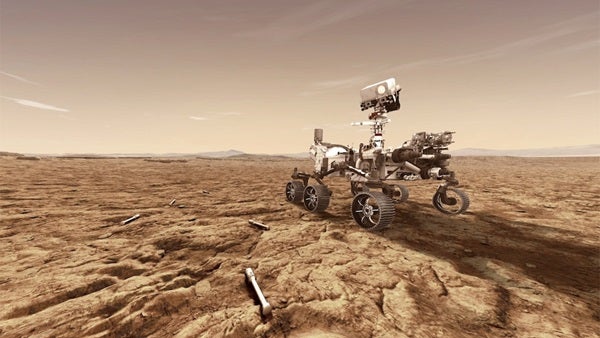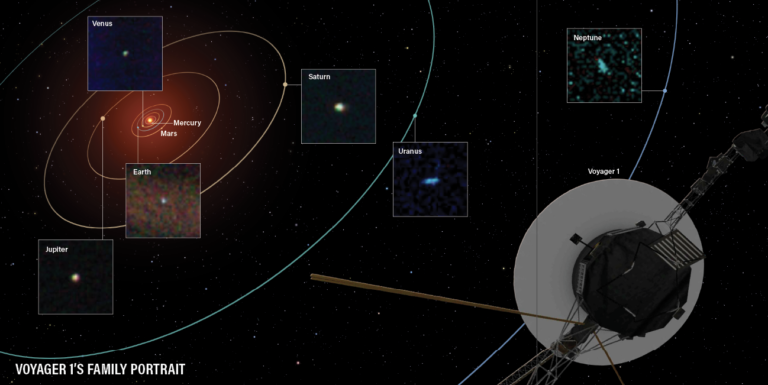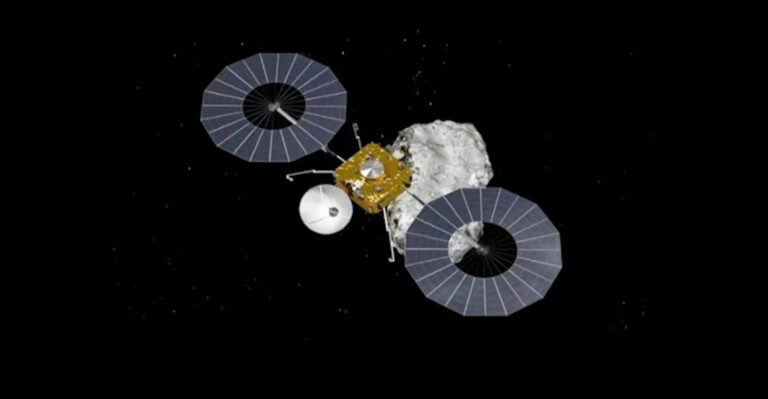Perseverance will collect samples in small metal tubes that it will leave on the surface of Mars for future transport to Earth. Isn’t there the risk of the tubes being covered by dust storms, making their recovery impossible?
Dust storms are a frequent occurrence on Mars. In addition to the smaller storms that occur every year, there are also, on average, three global storms per 10 Mars years — which can kick up enough dust to be seen by telescopes on Earth. So dust is constantly being lifted into and falling out of the martian atmosphere, rearranging dust on the surface.
All Mars surface missions have experienced varying levels of dust accumulation. However, some places naturally see less dust fall from the sky or have strong seasonal winds or dust devils that clean our instruments. And thankfully, Perseverance has landed in Jezero Crater — a spot relatively clear of thick surface dust — giving us confidence that the rate of dust deposition is so low that the sample tubes should be safe from burial for decades to come.
That isn’t to say the samples are impervious to martian dust. If Perseverance placed them next to an active sand dune, which can move up to several meters in a Mars year, they could still be buried. But, of course, we’ll make sure the locations of our sample caches are nowhere near any such dangers!










